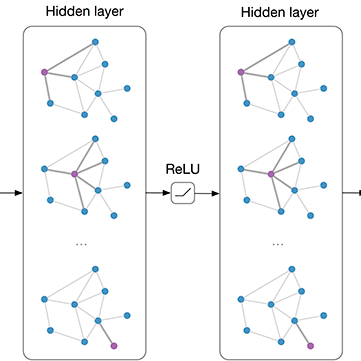Active safety systems on vehicles often face problems with false alarms. Most active safety systems predict the driver's trajectory with the assumption that the driver is always in a normal emotion, and then infer risks. However, the driver's trajectory uncertainty increases under abnormal emotions. This paper proposes a new trajectory prediction model: CPSOR-GCN, which predicts vehicle trajectories under abnormal emotions. At the physical level, the interaction features between vehicles are extracted by the physical GCN module. At the cognitive level, SOR cognitive theory is used as prior knowledge to build a Dynamic Bayesian Network (DBN) structure. The conditional probability and state transition probability of nodes from the calibrated SOR-DBN quantify the causal relationship between cognitive factors, which is embedded into the cognitive GCN module to extract the characteristics of the influence mechanism of emotions on driving behavior. The CARLA-SUMO joint driving simulation platform was built to develop dangerous pre-crash scenarios. Methods of recreating traffic scenes were used to naturally induce abnormal emotions. The experiment collected data from 26 participants to verify the proposed model. Compared with the model that only considers physical motion features, the prediction accuracy of the proposed model is increased by 68.70%. Furthermore,considering the SOR-DBN reduces the prediction error of the trajectory by 15.93%. Compared with other advanced trajectory prediction models, the results of CPSOR-GCN also have lower errors. This model can be integrated into active safety systems to better adapt to the driver's emotions, which could effectively reduce false alarms.
翻译:暂无翻译





